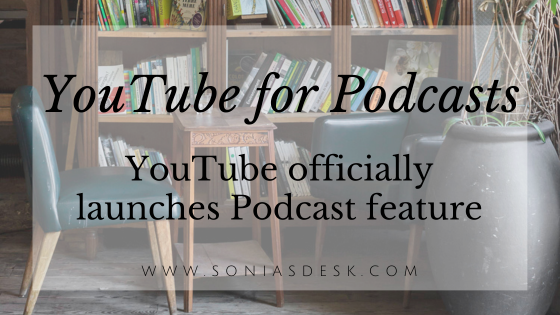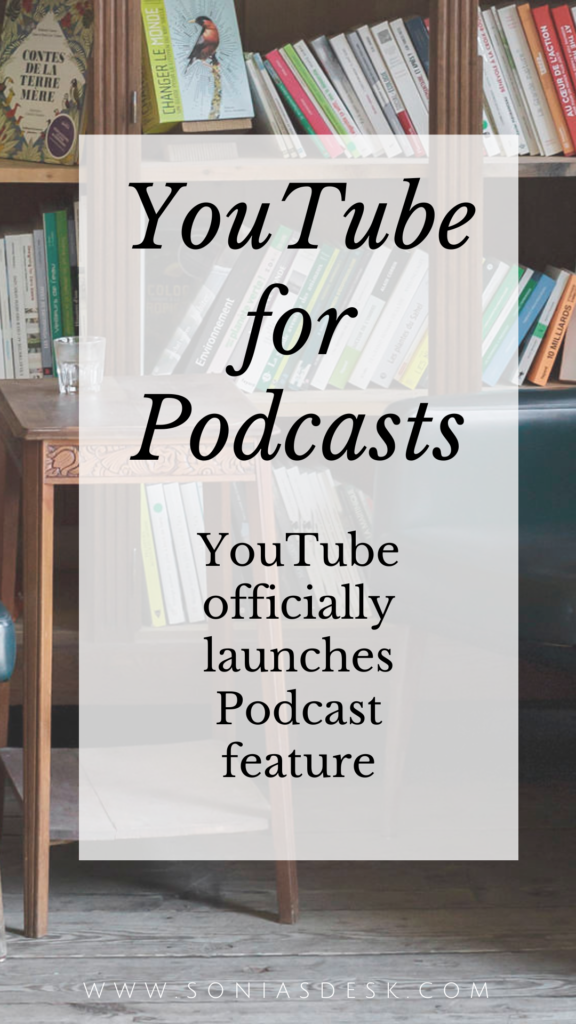Over the past decade, podcasts have taken the world by storm, with millions of people tuning in to their favorite shows every day. In recent years, another platform has emerged as a major player in the podcasting world: YouTube. As the most popular video sharing website in the world, YouTube has become a hub for podcasters to create and share their content with the world.
Back in August 2022, YouTube made a podcast feature available to a select group of people. A couple of weeks ago, YouTube officially launched its podcast feature for everyone.

YouTube podcasts have become increasingly popular, as many podcasters have realized the benefits of sharing their audio content on a video platform. While some traditional podcasters may argue that the audio format is best for consuming podcasts, there are many advantages to using YouTube as a platform for podcasting.
One of the biggest benefits of using YouTube for podcasting is the ability to reach a larger audience. YouTube is the second most popular website in the world, with over 2 billion monthly active users. This means that podcasters can reach a huge audience by uploading their episodes to YouTube. Additionally, YouTube’s search algorithm makes it easy for users to discover new content, which can help increase a podcast’s exposure and reach.
Another advantage of using YouTube for podcasting is the ability to monetize content. YouTube offers a variety of ways for creators to earn money from their content, including ad revenue, sponsorships, and merchandise sales. This can be particularly beneficial for podcasters who are looking to monetize their content and turn their podcast into a business.
One of the unique features of YouTube podcasts is the ability to include video content alongside audio. This can add an extra dimension to a podcast, as hosts can include visual aids, such as graphics or videos, to help illustrate their points. This can be particularly useful for podcasts that discuss complex or technical topics, as it can help make the content more accessible and easier to understand.
YouTube also offers a variety of tools and features that can help podcasters to engage with their audience. For example, the comments section on YouTube can be a great way for podcasters to receive feedback and connect with their listeners. Additionally, YouTube’s live streaming feature can be used to host live podcasts or Q&A sessions, allowing podcasters to interact with their audience in real time.
While there are many advantages to using YouTube for podcasting, there are also some potential drawbacks to consider. One of the biggest challenges is the need to create video content alongside audio. This can be time-consuming and may require additional resources, such as cameras, lighting equipment, and editing software. Additionally, some users may prefer to consume podcasts in an audio-only format, which could limit a podcast’s audience on YouTube.
Despite these challenges, YouTube podcasts have become an increasingly popular way for podcasters to reach a larger audience and monetize their content. With the ability to include video content, engage with their audience, and take advantage of YouTube’s massive user base, there are many reasons why podcasters are turning to YouTube as a platform for their shows.
My thoughts are, if you are already recording an episode, turn the camera on and make it available on both YouTube and on traditional podcast platforms. The more place for your ideal client to find you on, the better.
Is your podcast on YouTube yet?

